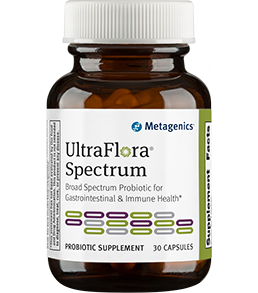Why Pharmaceutical Grade Supplements?
Not all products are created equal
Pharmaceutical Grade: What does it mean?
There are basically three different grades of raw materials used in products they are:
Pharmaceutical Grade - meets pharmaceutical standards
Food Grade - meets standards set for human consumption
Feed Grade - meets standards set for animal consumption
The difference between each grade type is one of quality and purity. In technical terms, no substance is 100% pure, for there are always other substances added to various products. The difference between the grades is one of how much of these other substances are present in the product.
There are several criteria by which pharmaceutical grade are judged. The product must be in excess of 99% purity with no binders, fillers, excipients, dyes, or unknown substances.
At Pembroke Holistic we use only Pharmaceutical Grade products which have the best quality control and purity. Here is a link to a list of Good Manufacturing Practice (GMP) companies.
Compliance
FDA inspects pharmaceutical manufacturing facilities worldwide, including facilities that manufacture active ingredients and the finished product. Inspections follow a standard approach and are conducted by highly trained FDA staff. FDA also relies upon reports of potentially defective drug products from the public and the industry. FDA will often use these reports to identify sites for which an inspection or investigation is needed. Most companies that are inspected are found to be fully compliant with the GMP regulations.
Good Manufacturing Practices
Make sure that the product is manufactured in a facility with Good Manufacturing Practices (GMP). The product label should carry the Good Manufacturing Practices seal. A multivitamin is meant to be taken regularly, so the manufacturer should guarantee its safety by getting a GMP certification. By purchasing a supplement without this certification, a consumer is quite possibly risking their health and well-being on a daily basis.
Quality Sources
The specific type or form of nutrient (including its source) should also be specified on the label. For example, a multivitamin shouldn’t just plainly say it contains vitamin B12. It should also clarify the kind of vitamin B12 it contains. There are two major types of B12 that are currently sold in the market—the cyanocobalamin form of B12 and the methylcobalamin form of B12. The former, due to its toxic constituent (cyanide), needs to be detoxified by your liver prior to absorption, making it far less bioavailable than the latter, which is deemed safe and has been clinically tested in several populations to truly raise serum B12 levels far more effectively and without taxing the liver.



